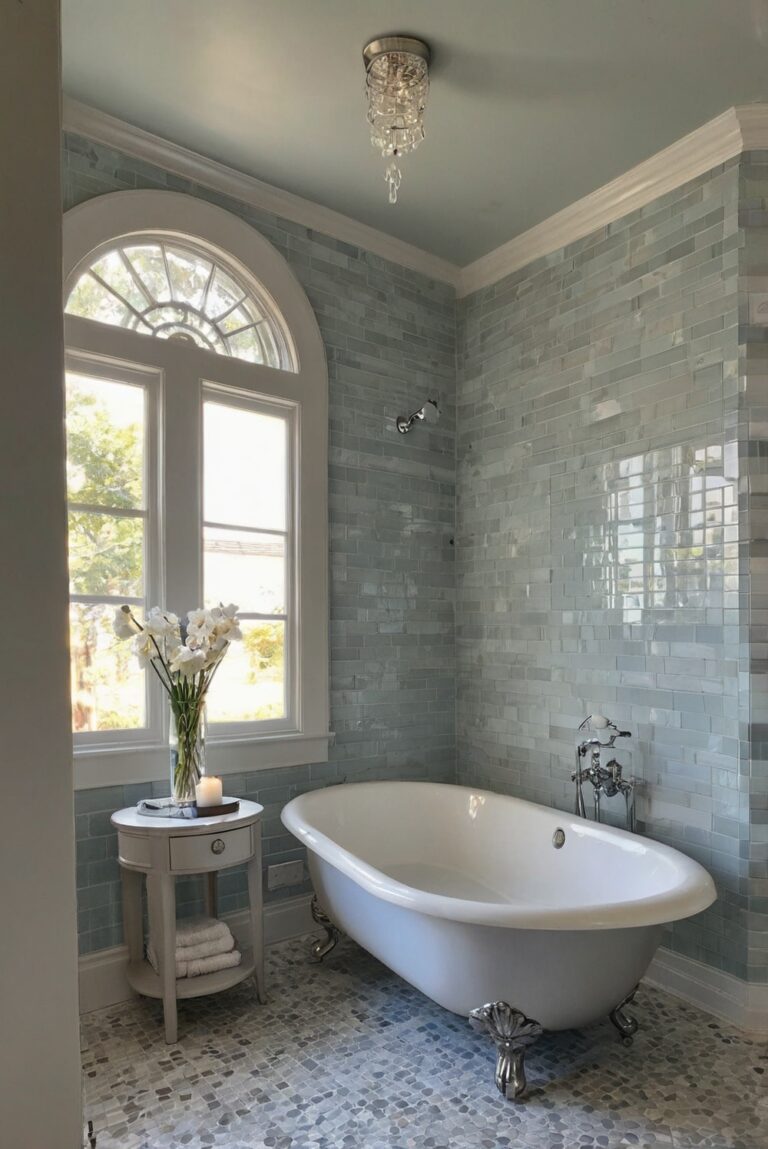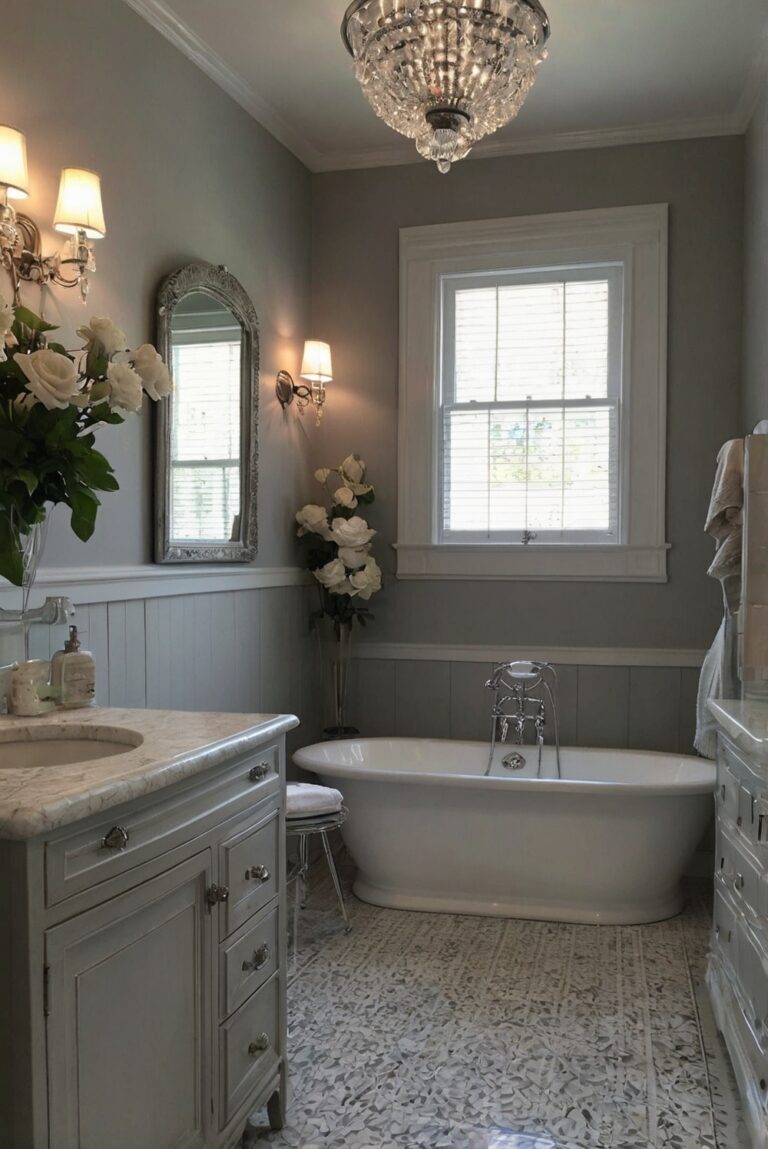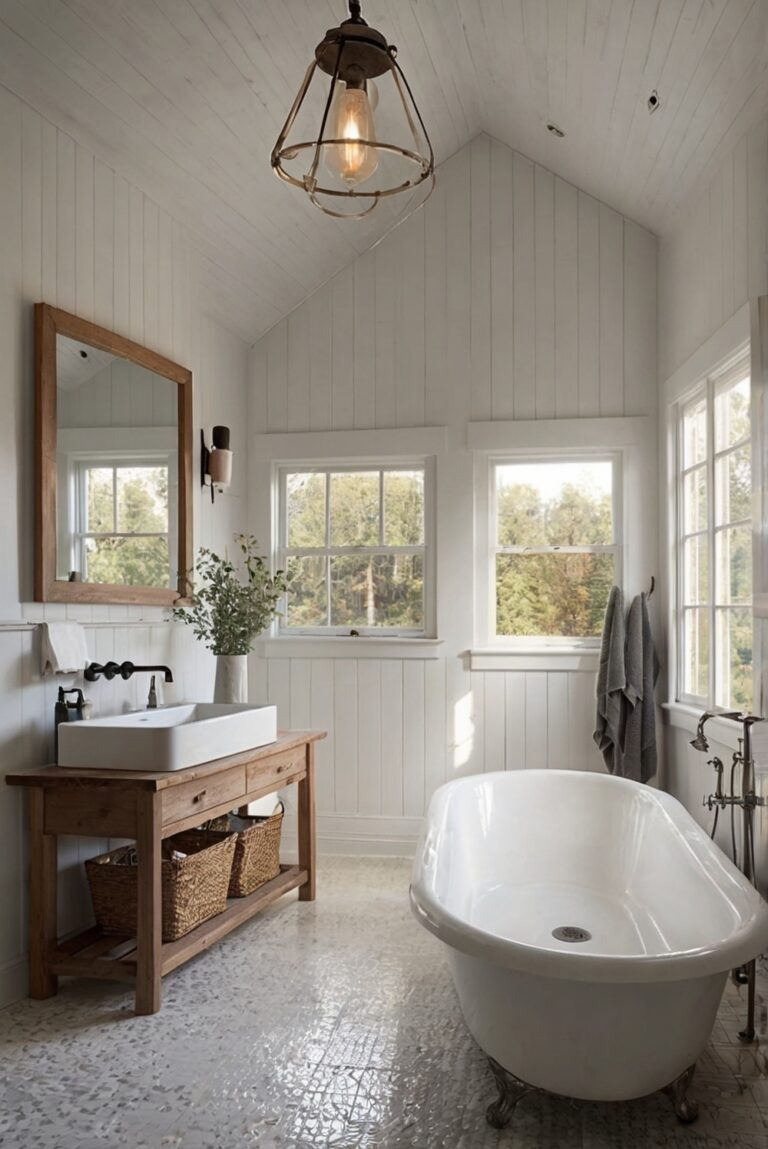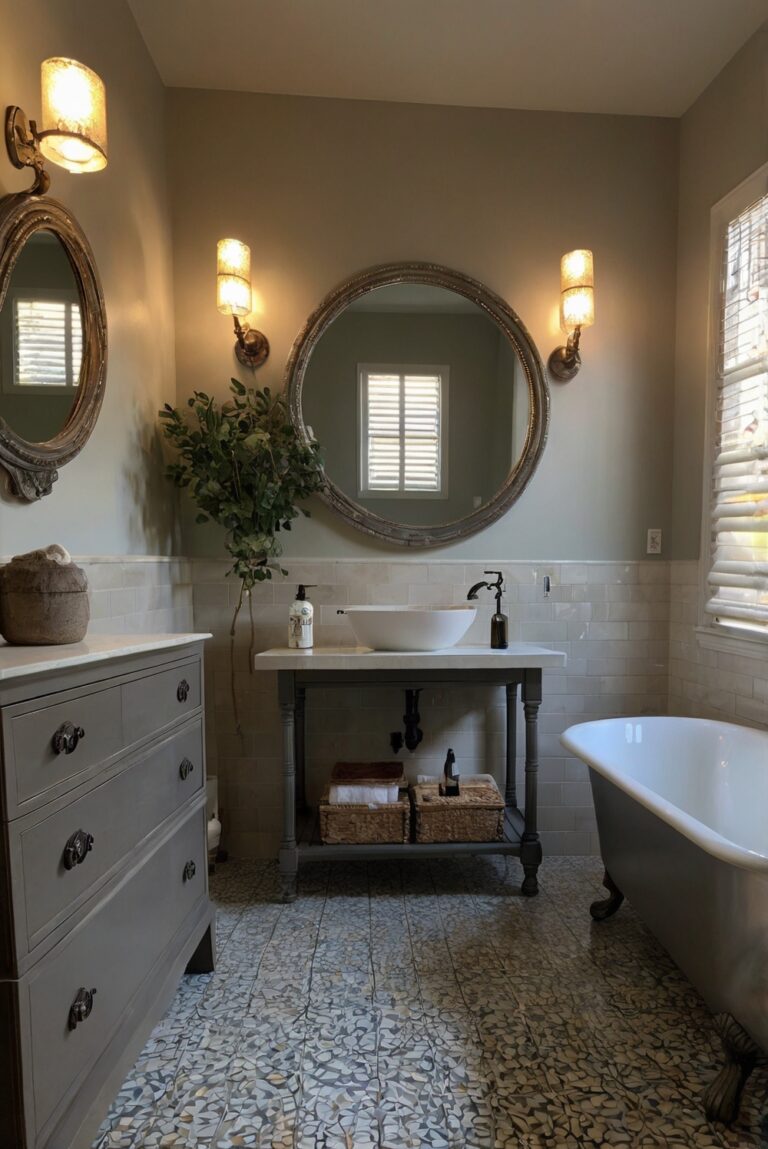How to troubleshoot common toilet problems like clogs and leaks?
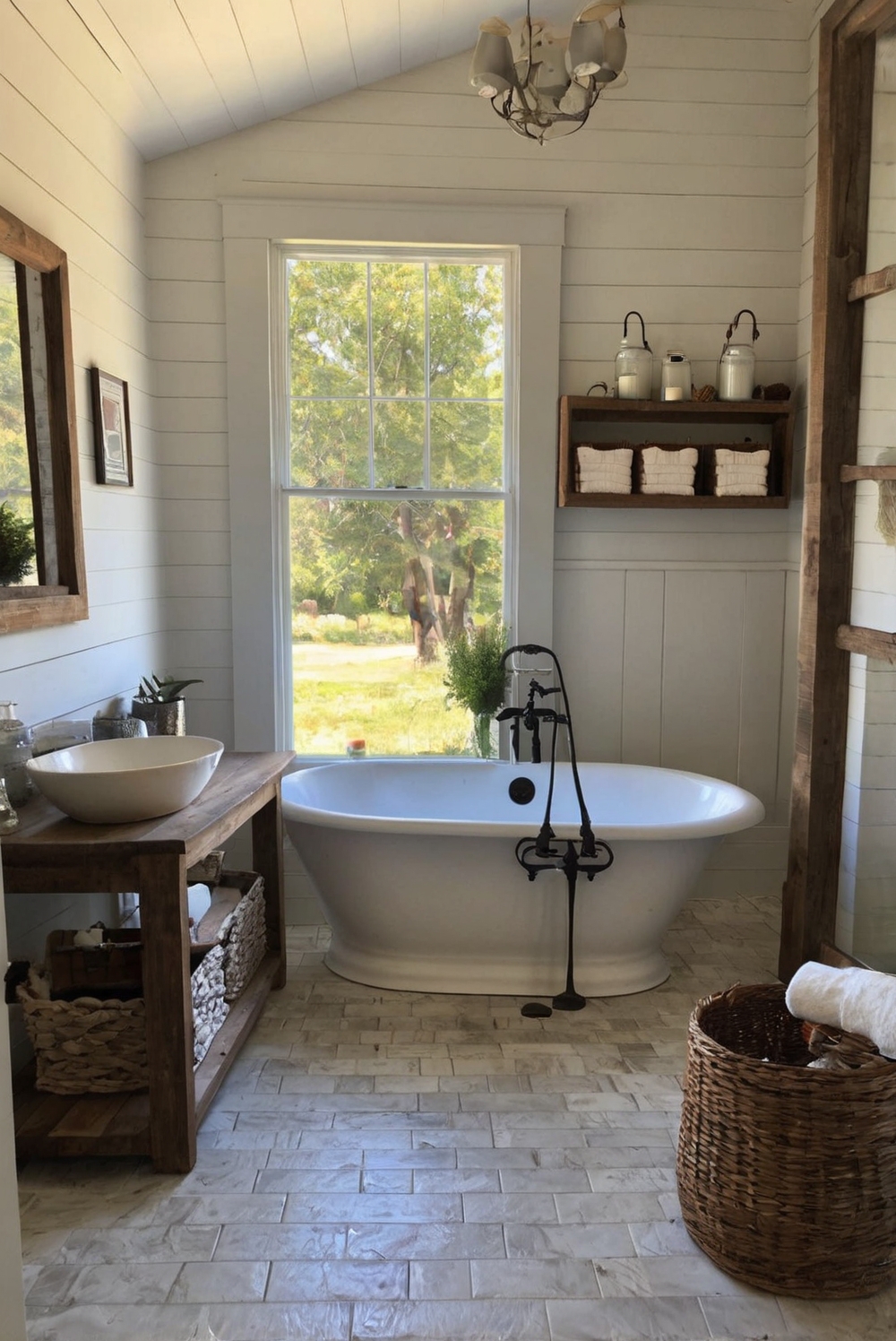
Are you dealing with common toilet problems like clogs and leaks? Discover interior designer tips for troubleshooting and fixing these issues in your home.
To troubleshoot common toilet problems like clogs and leaks, start by using a plunger to unclog the toilet. If that doesn’t work, try using a toilet auger to break up the clog. For leaks, check the toilet tank components like the flapper, fill valve, and flush valve for any wear or damage. Replace any faulty parts to stop the leak. Regular maintenance can prevent these issues, such as cleaning the toilet regularly and avoiding flushing items that can lead to clogs. Ensure proper plumbing connections and consider hiring a professional if problems persist. Stay on top of your home maintenance to avoid costly repairs in the future.
How to Troubleshoot Common Toilet Problems like Clogs and Leaks?
Identifying the Problem:
When dealing with common toilet problems such as clogs and leaks, the first step is to identify the root cause of the issue. A clogged toilet can be caused by excessive toilet paper usage, foreign objects being flushed down the drain, or a buildup of waste and debris. On the other hand, a leaky toilet can be due to a faulty flapper, a loose connection, or a cracked tank or bowl. By identifying the problem accurately, you can proceed with the right troubleshooting steps.
Dealing with Clogs:
To troubleshoot a clogged toilet, you can start by using a plunger to try and dislodge the blockage. Ensure there is enough water in the bowl to cover the plunger, and use a firm up-and-down motion to create suction. If the plunger doesn’t work, you can try using a plumbing snake to break up the clog. Insert the snake into the drain and rotate it until you feel the obstruction break apart. Additionally, you can use chemical drain cleaners as a last resort, but be cautious as they can damage your pipes if used incorrectly.
Fixing Leaks:
When troubleshooting a leaky toilet, start by checking the flapper for any signs of wear or damage. The flapper is the rubber valve that controls the flow of water from the tank to the bowl. If it is worn out, it may not create a proper seal, causing leaks. Another common cause of leaks is a faulty fill valve. Ensure the fill valve is adjusted to the correct water level and is functioning properly. If you notice any cracks in the tank or bowl, you may need to replace the affected part to prevent further leaks.
Preventive Measures:
To avoid common toilet problems like clogs and leaks, there are some preventive measures you can take. Regular maintenance such as cleaning the toilet bowl and tank, checking for leaks, and inspecting the flushing mechanisms can help identify and address issues early on. Using less toilet paper and avoiding flushing items like sanitary products, wipes, or paper towels can reduce the risk of clogs. Additionally, teaching proper toilet habits to household members can help prevent future problems.
Professional Help:
If you have tried troubleshooting common toilet problems like clogs and leaks but are still experiencing issues, it may be time to seek professional help. A licensed plumber can assess the situation, identify the root cause of the problem, and provide a lasting solution. They have the skills and tools necessary to troubleshoot complex issues and ensure your toilet is in proper working condition.
In conclusion, troubleshooting common toilet problems like clogs and leaks requires patience, knowledge, and the right tools. By accurately identifying the problem, using the appropriate troubleshooting techniques, and taking preventive measures, you can maintain a functional and efficient toilet in your home. If all else fails, don’t hesitate to seek professional assistance to resolve the issue effectively.
1. How can I fix a clogged toilet?
To fix a clogged toilet, start by using a plunger to try and dislodge the blockage. If the plunger doesn’t work, you can try using a plumbing snake to break up the clog. Another method is to use a mixture of hot water and dish soap to help loosen the blockage.
2. What should I do if my toilet is leaking?
If your toilet is leaking, check the tank and bowl for any visible cracks or leaks. If you notice any, you may need to replace the damaged parts. Additionally, check the seals and connections to ensure they are tight and not causing any leaks.
3. How do I troubleshoot a running toilet?
If your toilet is running constantly, it could be due to a faulty flapper or fill valve. Check these parts to see if they are functioning properly. Adjusting the water level in the tank or cleaning the parts may also help resolve the issue.
4. Why is my toilet flushing slowly?
A slow-flushing toilet could be caused by a partial clog in the drain pipe. Try using a plunger or plumbing snake to clear the blockage. Additionally, check the water level in the tank and adjust it if necessary.
5. How can I prevent toilet problems in the future?
To prevent common toilet problems like clogs and leaks, avoid flushing items that can cause blockages, such as paper towels or feminine hygiene products. Regularly clean the toilet and inspect the parts for any signs of wear or damage. Consider installing a water-saving toilet to reduce the risk of leaks and other issues.

